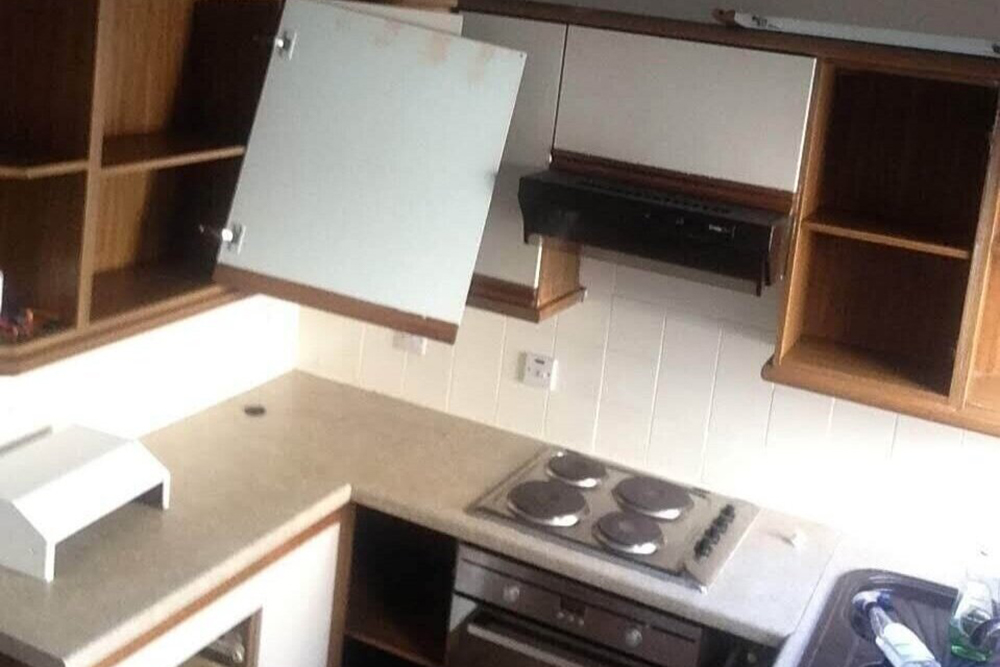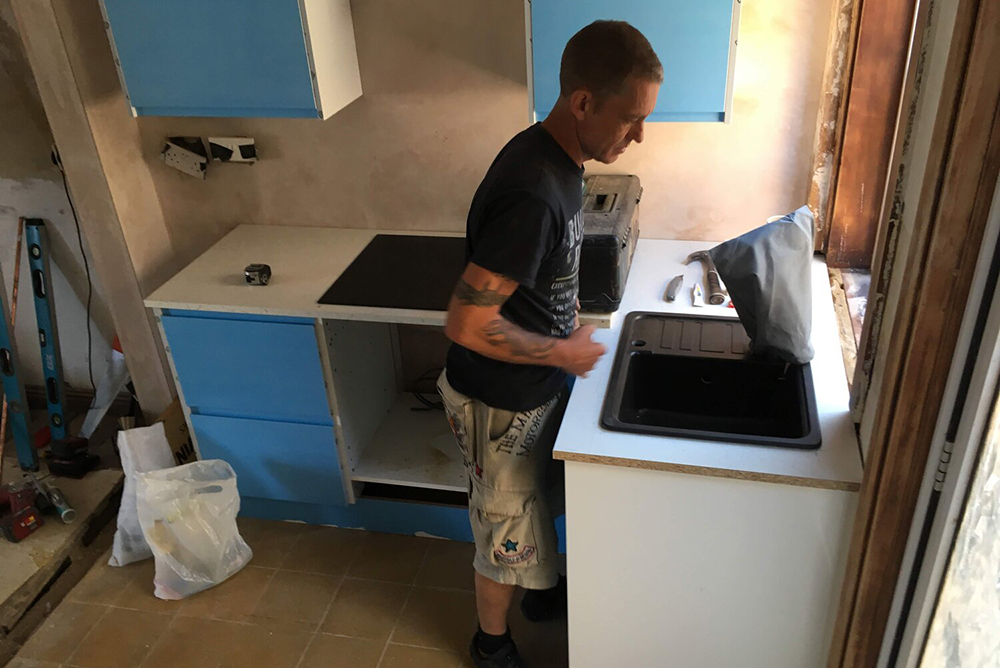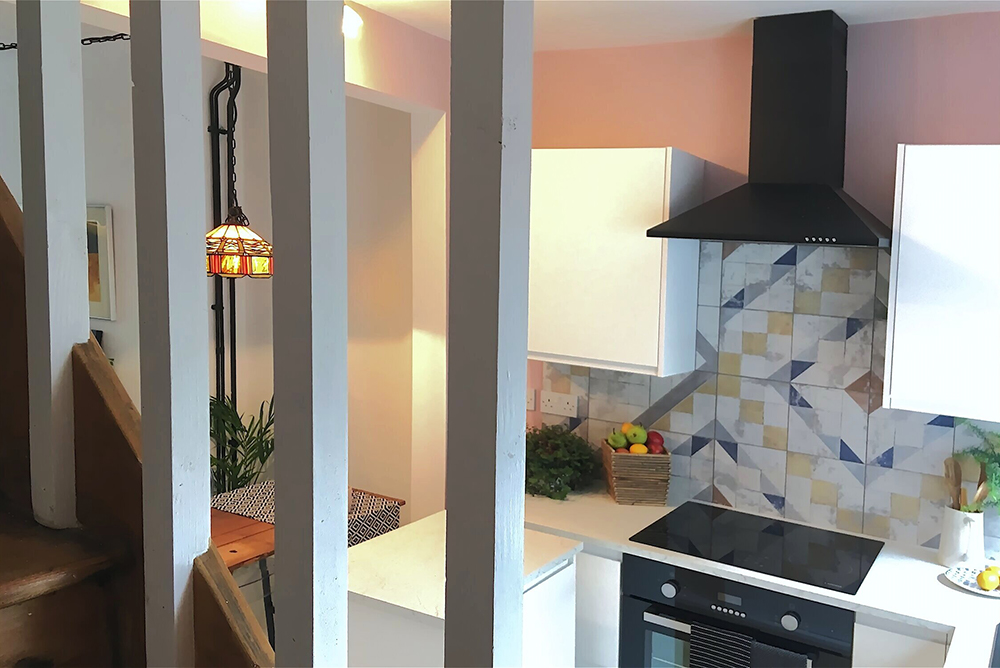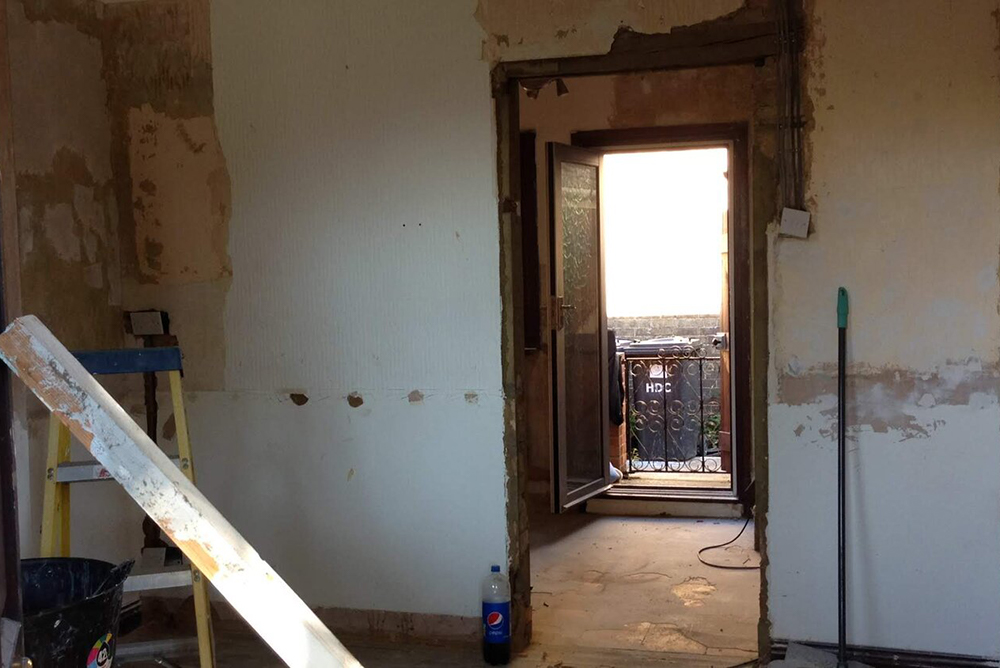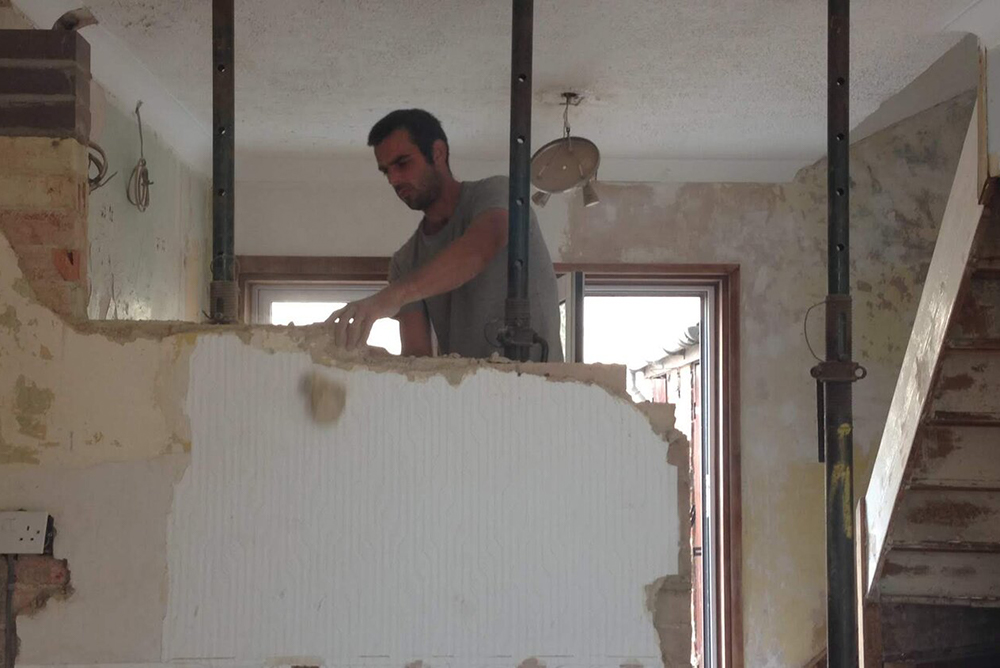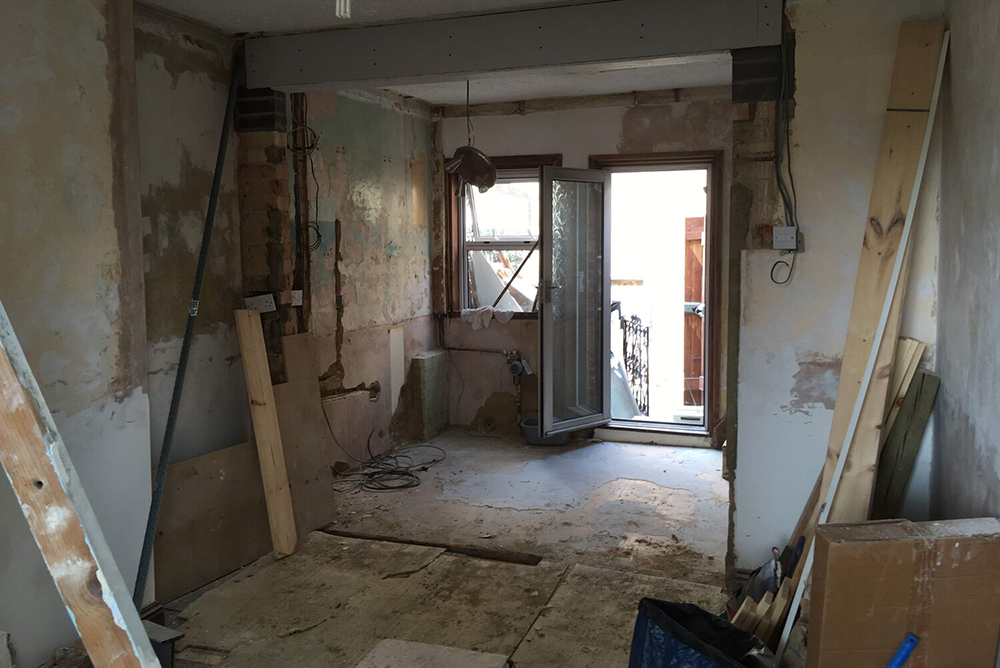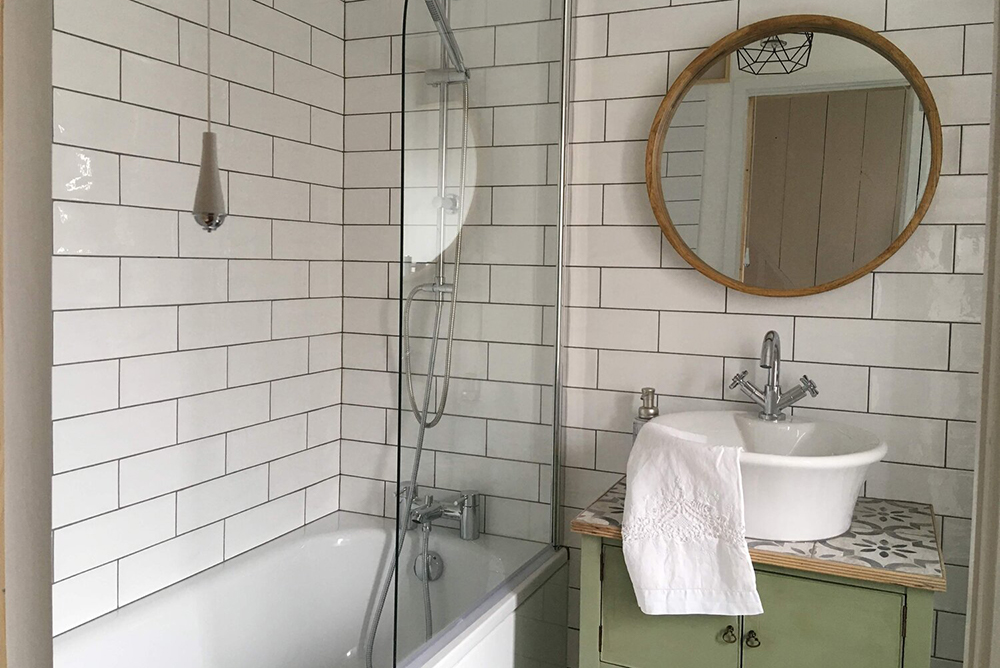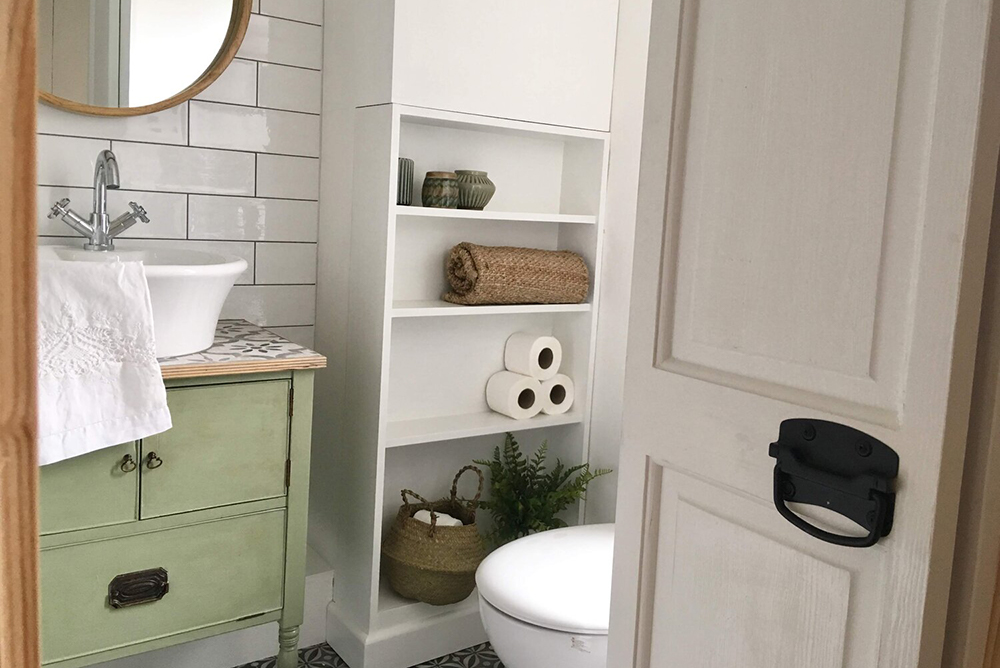
The new £2bn grant scheme in England for projects such as insulation, unveiled yesterday by the chancellor Rishi Sunak as part of a wider £3bn plan to cut emissions, initially did not appear to include BTL landlords and homes in the private rented sector.
Hundreds of thousands of homeowners will receive vouchers of up to £5,000 for energy-saving home improvements, with the poorest getting up to £10,000, but Labour cast doubt on whether BTL landlords would qualify for the Green Homes Grant.
Labour yesterday called for a “broader and bigger” plan to cut carbon emissions and suggested that should include homes in the PRS.
Shadow business secretary Ed Miliband commented: “It appears there is almost nothing for the people who rent the 8.5 million homes in the social rented sector and private rented sector, which has the worst energy efficiency standards. That means one-third of people are left out.”
But ARLA Propertymark has welcomed the scheme, confirming that landlords will be able to apply for a grant.
From September, homeowners and landlords can apply for vouchers to help to fund energy-saving home improvements, an amount which the chancellor estimates will cover up to two-thirds of costs per household.
David Cox, chief executive, ARLA Propertymark, commented: “Since the withdrawal of LESA [Landlords Energy Saving Allowance], we’ve been calling for a simple grant scheme to help private homeowners and landlords make their properties more energy efficient.
“The announcement is a big step forward to ensure that they can take the necessary steps to do this and ultimately create a greener property sector in the UK.”




The way a residential building is constructed, insulated, heated, ventilated and the type of fuel used, all contribute to its carbon emissions, and can now seriously impact on the cost of running the property and even its value.
Buy-to-let landlords could reap significant competitive advantages by shifting to a ‘green’ model of potentially adding value to a home, and so many will welcome this new scheme.
Mary-Anne Bowring, creator of automated letting platform, PlanetRent, pointed out that the UK’s housing stock is some of the oldest in Europe.
She said: “This is not just bad for the environment but bad for our health too, with too many properties suffering from problems with damp and cold.
“It is important the government’s voucher scheme covers renters, especially as homes in the private rented sector tend to be older.”
See original post on Landlord Today
Looking to sell your property in London? Register your property with us for a fast sale. Property Sales.














